RSS

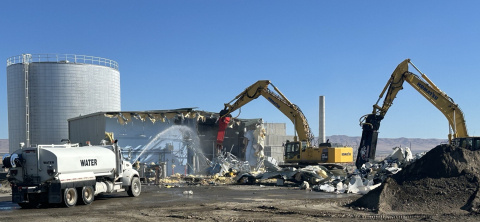

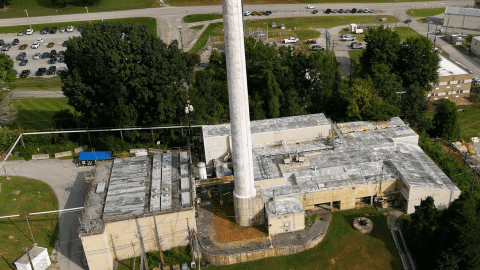
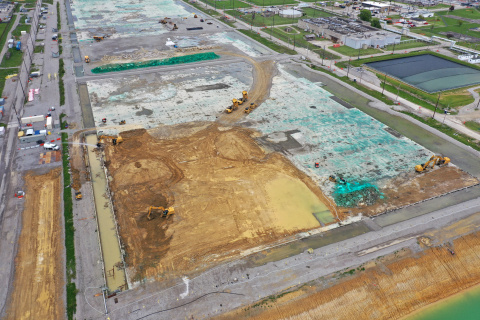
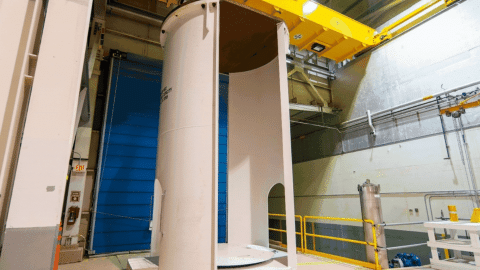
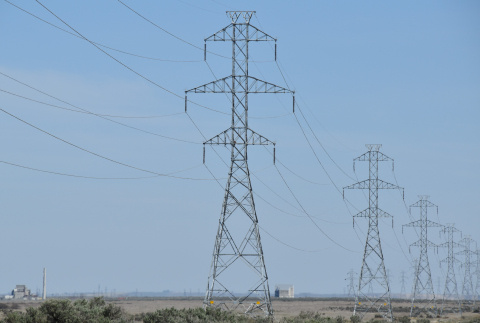
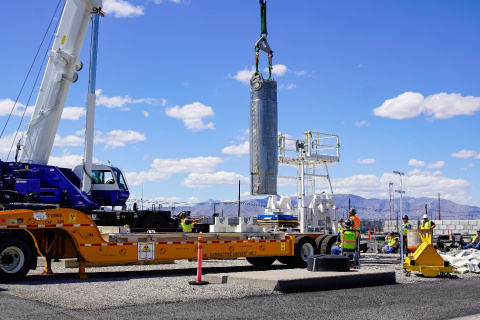
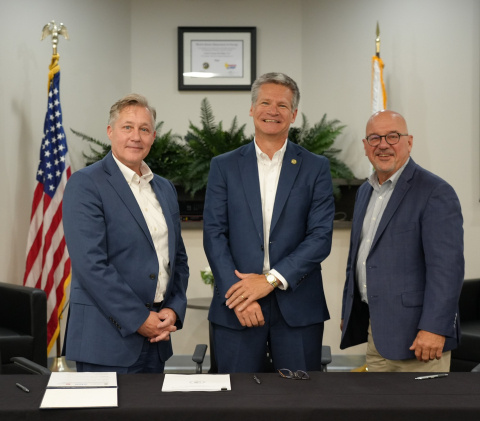

Progress by the U.S. Department of Energy Office of Environmental Management to drive down risks and build new opportunities for communities and the nation takes center stage at this year’s National Cleanup Workshop. July 15, 2025

Hanford Site workers recently demolished a 6,000-square-foot water treatment facility near the Columbia River that once supported major risk-reduction work. July 15, 2025
Each year, Idaho Cleanup Project team members host the Safety Days event, where they reinforce safety principles with the workforce. July 15, 2025

Approximately 2,000 gallons of treated tank waste from the Hanford Site have been safely and successfully solidified in grout and permanently disposed of at licensed commercial facilities. July 8, 2025

For the first time ever, cleanup crews are conducting more than one demolition project simultaneously at Oak Ridge National Laboratory. July 8, 2025
Crews at the Portsmouth Site have kicked off another phase of excavating a legacy groundwater plume at the site. July 8, 2025

Crews with the Idaho Cleanup Project successfully completed the first of many modifications to a legacy facility to get spent nuclear fuel “road ready” for future shipment out of state. July 8, 2025
Crews have finished installing a new high-voltage transmission line that improves the reliability of electrical service used to power waste treatment operations and other cleanup efforts at the Hanford Site. July 8, 2025

Idaho Cleanup Project crews recently completed a significant achievement by successfully transferring 40 spent nuclear fuel baskets into safer, long term storage vaults. July 1, 2025.
Federal and state leaders recently signed a record of decision confirming cleanup of soil is complete at a portion of the East Tennessee Technology Park (ETTP) at Oak Ridge, enabling the reuse of land for continuing economic development. July 1, 2025

